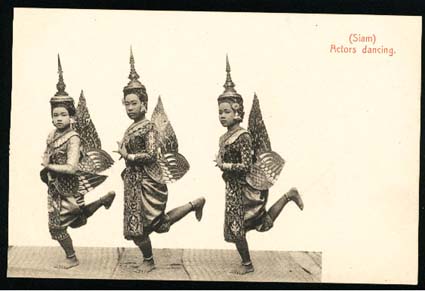
History of Hashish
It is believed that hash first originated from Central Asia, as this region was among the first to be populated by the cannabis plant, which may have originated in the Hindu Kush.[citation needed] More reliably, it may have originated in Northern India which also has a very long social tradition in the production of Hashish which is locally known as Charas. Cannabis sativa subsp. indica grows wild almost everywhere in the Indian sub-continent and special strains have been particularly cultivated for production of 'ganja' and 'hashish' particularly in Kerala, Rajasthan and the Himalayas.[citation needed] The earliest hashish was created without the use of sieves. The ancients would gently rub their palms and fingers on cannabis buds for hours while resin accumulated on their hands and then scrape that resin off. This sort of primitive harvesting is undertaken even today in the Cannabis growing farms of Manali, Naggar and Upper Himachal Pradesh. The earliest use of hashish was most likely from farmers scraping resin off of their hands after a day's harvest of commercial hemp and at that time hashish was normally eaten, not smoked.
The word assassin may have been derived from the Arabic word حشّاشين (haššāšīn), or "Hashshāshīn". The Hashashin were allegedly inspired to commit murder under the influence of hashish. The legend of hashish-eating assassins began with a vague mention by Marco Polo, and was embellished by 19th century French and American writers, fascinated by orientalism and eager to present hashish as a menace. The legend gained great popularity especially by Charles Baudelaire in his Artificial Paradises of 1857. Others argue that the term could have been created due to political reasons, in order to discredit the sect. It has also been suggested that if hashish were in fact consumed, it had been adulterated with stronger materials, the effects of hashish being well-known and easily recognizable at that time and place. No reports of statistical linkage between hashish and assassins or terror have been published anywhere in the last century.
Consumption of hashish saw an increase in the 20th century, in Europe and America, associated with the hippie scene. Hashish use declined significantly in the United States starting in the 1980s for several reasons, including U. S. political pressures against Afghanistan and the ensuing Soviet invasion, a huge jump in price, and the success of marijuana cultivators in North America with new growing methods for increasing THC production, such as growing marijuana indoors.
The word assassin may have been derived from the Arabic word حشّاشين (haššāšīn), or "Hashshāshīn". The Hashashin were allegedly inspired to commit murder under the influence of hashish. The legend of hashish-eating assassins began with a vague mention by Marco Polo, and was embellished by 19th century French and American writers, fascinated by orientalism and eager to present hashish as a menace. The legend gained great popularity especially by Charles Baudelaire in his Artificial Paradises of 1857. Others argue that the term could have been created due to political reasons, in order to discredit the sect. It has also been suggested that if hashish were in fact consumed, it had been adulterated with stronger materials, the effects of hashish being well-known and easily recognizable at that time and place. No reports of statistical linkage between hashish and assassins or terror have been published anywhere in the last century.
Consumption of hashish saw an increase in the 20th century, in Europe and America, associated with the hippie scene. Hashish use declined significantly in the United States starting in the 1980s for several reasons, including U. S. political pressures against Afghanistan and the ensuing Soviet invasion, a huge jump in price, and the success of marijuana cultivators in North America with new growing methods for increasing THC production, such as growing marijuana indoors.










